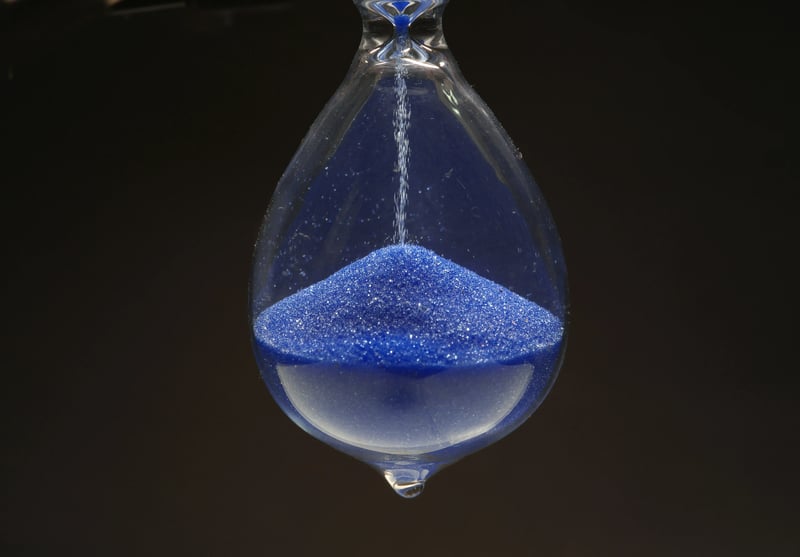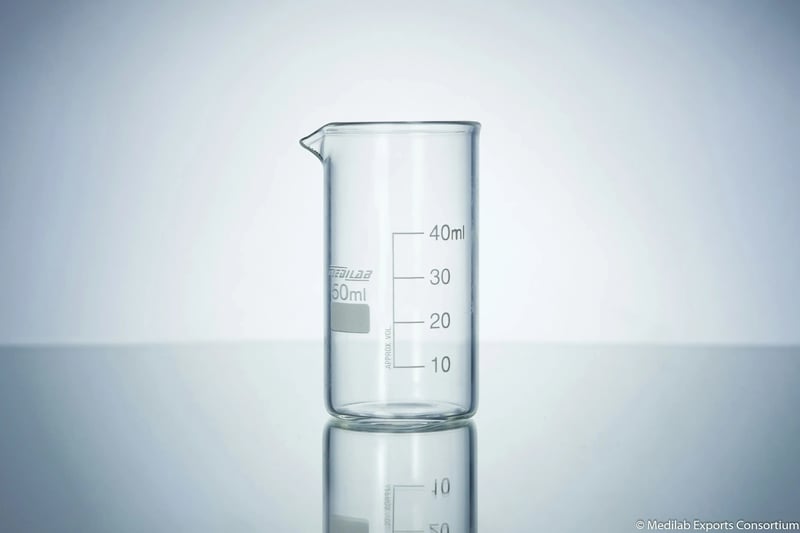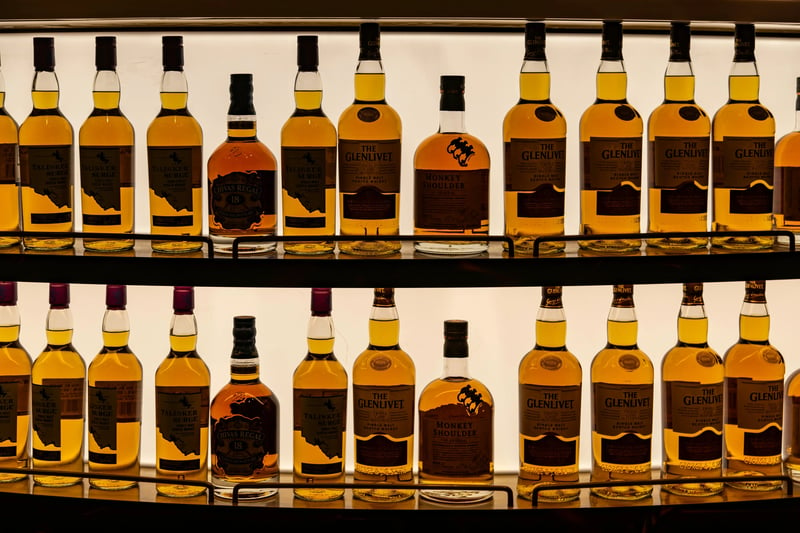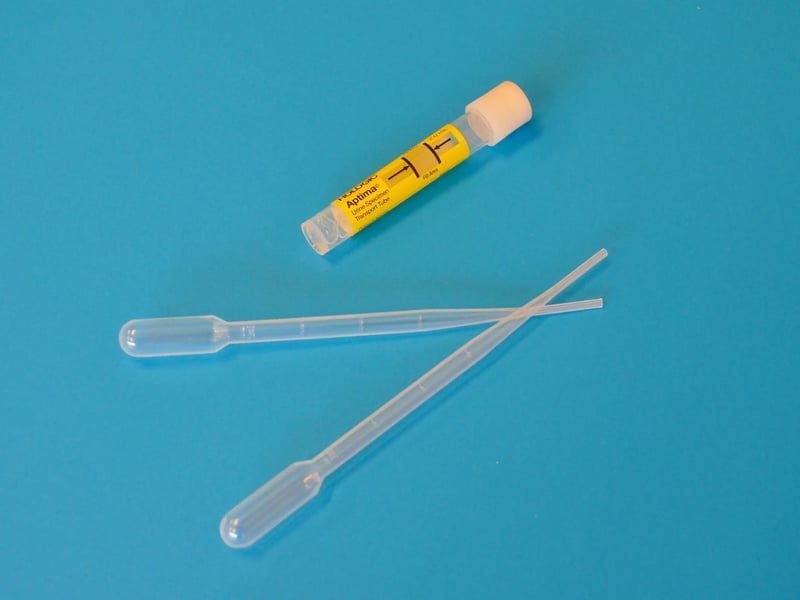EtG Detection Times: A Deep Dive into the Science
How long does EtG stay in your system? The straightforward answer is that EtG (Ethyl Glucuronide) can be detected in urine for up to 80 hours, and sometimes even longer, after your last alcoholic drink. However, this detection window is not a simple, fixed number. It’s a complex interplay of biochemistry, personal physiology, and testing technology.
This guide provides a comprehensive, evidence-based exploration of every factor that influences EtG detection times. While our primary goal is to empower you with knowledge, the most practical application of this information is to use our free, anonymous EtG calculator for a personalized estimate.

What Exactly is EtG and Why is it the Gold Standard for Alcohol Testing?
When you consume alcohol (ethanol), your body’s primary metabolic pathway, led by the liver, breaks it down. However, a small fraction (less than 0.1%) undergoes a different process called non-oxidative metabolism, where it combines with glucuronic acid to form Ethyl Glucuronide (EtG). This is a crucial distinction: EtG is a direct metabolite of alcohol. Its presence in the body is definitive proof of recent alcohol consumption.
EtG testing is preferred over measuring breath or blood alcohol for monitoring abstinence because of its significantly longer detection window. While alcohol itself is cleared from the body relatively quickly (typically within 12 hours), EtG lingers in the urine for days, providing a much wider and more reliable look-back period.

Ready for a Personalized Estimate?
While understanding the science is key, our calculator can give you a practical, data-driven estimate based on your specific inputs.
Go to the Free EtG CalculatorThe 6 Key Factors That Influence EtG Detection Times
Understanding the variables that affect EtG clearance is essential for interpreting any test result. Here are the most critical factors, explained in detail.
1. Volume and Pattern of Alcohol Consumption
This is the most impactful factor. The more you drink, the more EtG your body produces. A single beer will generate a far lower peak EtG concentration and be eliminated much faster than a night of heavy or binge drinking. Chronic, daily drinking can also lead to an accumulation of EtG, potentially extending the detection window even after cessation.

2. Individual Metabolic Rate
Your unique physiology plays a massive role. Factors like age, liver health (as the liver is central to metabolism), and genetic predispositions (e.g., variations in the UGT enzyme responsible for forming EtG) can cause significant differences in how quickly individuals process alcohol and clear its metabolites.

3. Body Weight and Composition
While alcohol is water-soluble, your body weight and composition (ratio of fat to muscle) affect its volume of distribution. A larger individual may have a lower peak EtG concentration from the same amount of alcohol compared to a smaller individual, influencing the overall time to clearance.
4. Hydration Levels and Kidney Function
EtG is eliminated through urine. Therefore, your state of hydration and kidney function are critical. While drinking large amounts of water can dilute the urine and temporarily lower the EtG concentration, it does not speed up the actual elimination from the body. Be aware that submitting a sample that is too dilute may be flagged by the lab as an attempt to tamper with the test.
5. The Test’s Cutoff Level (500 ng/mL vs. 100 ng/mL)
This is a crucial technical detail that our calculator uniquely addresses. EtG tests are not simply “positive” or “negative”; they measure the concentration of EtG against a predetermined threshold.
- 500 ng/mL: This is the standard cutoff level for most federally regulated and workplace testing programs. It is designed to detect recent, significant alcohol use while minimizing the risk of positive results from incidental exposure (e.g., hand sanitizers, mouthwash).
- 100 ng/mL: This is a much more sensitive test, often used in zero-tolerance programs, clinical studies, or specialized monitoring. It can detect lower levels of consumption and will have a significantly longer detection window.

6. Time Since Last Drink
The EtG concentration follows a predictable decay curve after peaking (which typically occurs a few hours after drinking stops). The longer the time between your last drink and the test, the lower the concentration will be.
General Guideline: EtG Detection Time Chart
While a personalized calculation is always superior, the table below provides a general guideline for EtG detection times. Use this for educational purposes only.
Need precise calculations? Our EtG Detection Time Chart provides visual guidance, while our Standard Drink Guide helps you accurately count your alcohol intake.
| Alcohol Consumption | Estimated Detection Window (500 ng/mL Test) | Estimated Detection Window (100 ng/mL Test) |
|---|---|---|
| Light (1-3 drinks) | 24 - 48 hours | 48 - 72 hours |
| Moderate (4-6 drinks) | 48 - 72 hours | 72 - 96 hours |
| Heavy (7+ drinks) | 72 - 96 hours | 96 - 120+ hours |
Disclaimer: This chart is for general informational purposes only. Individual results can and will vary significantly.
Get Your Data-Driven Estimate Now
Stop guessing. Our calculator uses the factors discussed above to provide a realistic, personalized estimate of your EtG clearance time. It's free, anonymous, and instant.
Calculate Your Estimated TimeFrequently Asked Questions About EtG Detection Times
How accurate are EtG detection time estimates?
While our calculator uses scientifically validated formulas, individual results can vary significantly due to factors like metabolism, hydration, and overall health. Always use estimates as planning tools, not guarantees.
Can drinking water help me pass an EtG test faster?
Drinking water can dilute urine concentration but doesn’t speed up actual EtG elimination from the body. Excessive water consumption may be flagged as sample dilution.
What’s the difference between 500 ng/mL and 100 ng/mL tests?
The 500 ng/mL test is standard for most workplace and legal testing, while the 100 ng/mL test is more sensitive and used in zero-tolerance programs. The lower cutoff means a longer detection window.
How does EtG compare to other alcohol tests?
EtG testing has a much longer detection window (up to 80+ hours) compared to breath or blood alcohol tests (typically 12-24 hours), making it ideal for monitoring abstinence.
Can secondhand alcohol exposure affect EtG tests?
While possible, it’s very unlikely to produce levels above the 500 ng/mL cutoff. However, extremely sensitive 100 ng/mL tests might detect incidental exposure.
Conclusion: Knowledge is Power
There is no single, magic number for how long EtG is detectable. It is a complex process influenced by a multitude of factors. By understanding these variables and using a reliable estimation tool like ours, you can be better informed and prepared. Remember, this information is for educational purposes and should never replace professional medical or legal advice.
Want to understand the science? Read our EtG Calculation Formula Guide to learn about the mathematics behind these detection times.
